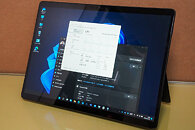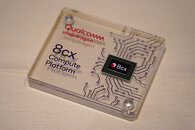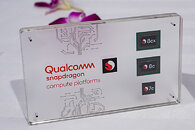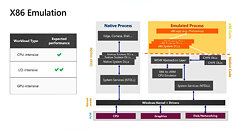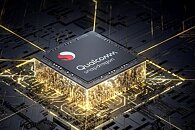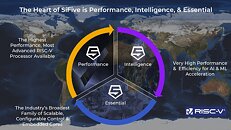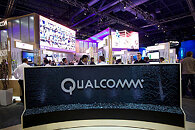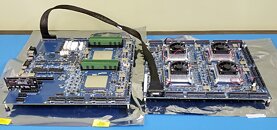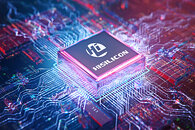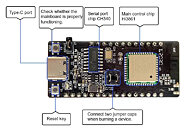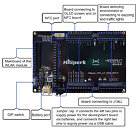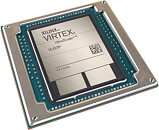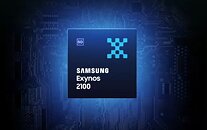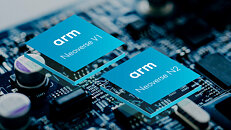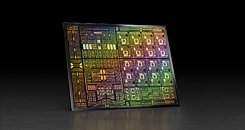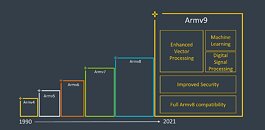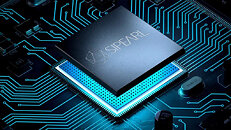
NVIDIA Brings RTX and DLSS to Arm Platform
NVIDIA at GDC dropped a major hint at where it wants to take PC gaming post the Arm acquisition. The company is demonstrating its RTX real-time raytracing technology, and the DLSS performance enhancement, on an Arm processor by MediaTek. To the PC, this means NVIDIA is laying the foundations of gaming in the post-x86 world where it holds Arm IP; foundations that were dug up by Apple and its mighty M1 chip, based on Arm CPU technology.
Making this unequivocal, was MediaTek. "RTX is the most groundbreaking technology to come to PC gaming in the last two decades," said PC Tseng, general manager of MediaTek's Intelligent Multimedia Business Unit."MediaTek and NVIDIA are laying the foundation for a new category of Arm-based high-performance PCs." The Taiwan-based Arm SoC major has developed a new Arm-based PC processor called Kompanio 1200, which it hopes will power PC platforms much like the Apple M1 or the Qualcomm Compute Platforms.
Making this unequivocal, was MediaTek. "RTX is the most groundbreaking technology to come to PC gaming in the last two decades," said PC Tseng, general manager of MediaTek's Intelligent Multimedia Business Unit."MediaTek and NVIDIA are laying the foundation for a new category of Arm-based high-performance PCs." The Taiwan-based Arm SoC major has developed a new Arm-based PC processor called Kompanio 1200, which it hopes will power PC platforms much like the Apple M1 or the Qualcomm Compute Platforms.


